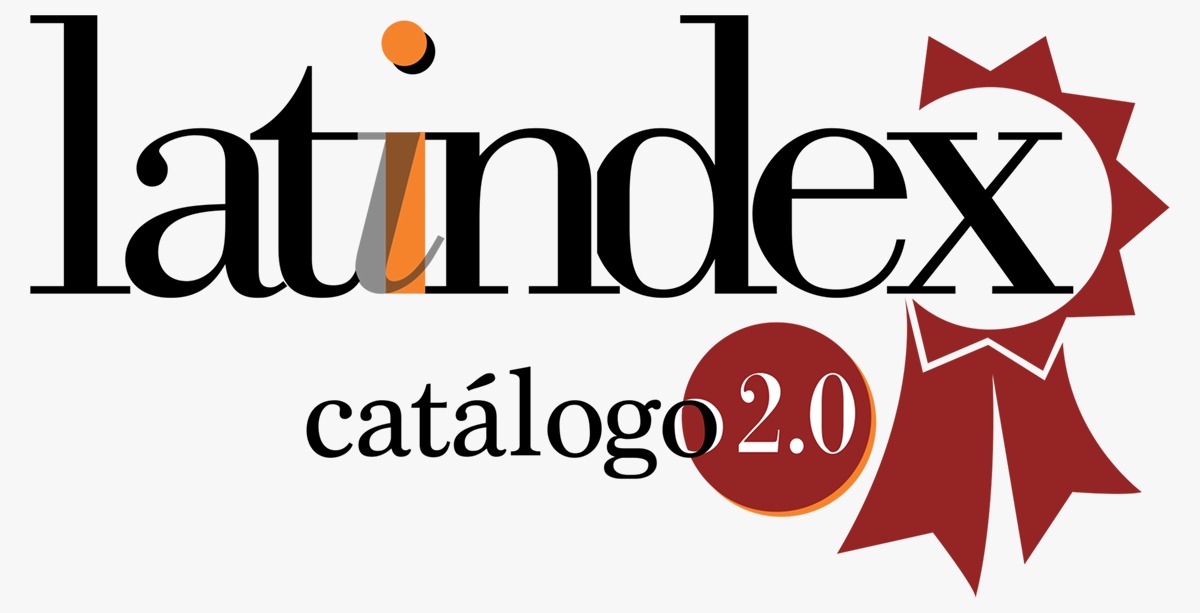The Informative Habits of Youth Mediated by Hypertext. Case Study
DOI:
https://doi.org/10.29197/cpu.v20i39.482Keywords:
Hypertext, Cyberculture, Digital LiteracyAbstract
This article places reading, a fascinating human experience, in the context of cyberculture which presents itself in a multimodal expansion unprecedented in human history. The rhythm is vertiginous, overwhelming at times and spectacular for reading audiences or Internet users. The expanded book and Transmedia reading determine the understanding of the text on the network as a hybrid experience for readers. And it is urgent to experiment with horizontal models at the level of university education to learn about the new consumption habits of young people. The purpose of this paper is to expose an experimental model of work with university students of the Journalism career to show their information consumption habits and thus generate a joint digital literacy strategy to strengthen reading skills in the complexity of infoxication. The methodology used was qualitative and the preliminary results determined that there is an interest in youth to modify habits when the disciplinary sense is linked to the construction of currents of public opinion. Today, reading and writing on the web is a non-linear journey, it is a hypertext that does not have specific entrances or exits, but tends to be a rhizomatic labyrinth. In this sense, the reduction of access gaps and digital literacy must be addressed urgently from the faculties and public policies in Education.
Metrics
References
Albarello, F., Arri, F. y García, L. (2020). Entre libros y pantallas: los booktubers como mediadores culturales. Ediciones Universidad del Salvador, ISBN 978-950-592-275-8
Albarello, F. (2019). Lectura Transmedia. Leer, escribir, conversar en el ecosistema de pantallas. Ediciones Ampersand. ISBN 798-987-4161-25-3
Aparici, R y García-Marín, D. (2018). Prosumidores y emirecs: análisis de dos teorías enfrentadas. Revista Comunicar, 55 (XXVI), 71-79. https://doi.org/10.3916/C55-2018-07
Bauman, Z. (2000). Modernidad líquida. Editorial Fondo de Cultura Económica. ISBN 0-7456-2409-X
Borsuk, A. (2020). El libro expandido. Variaciones, materialidad y experimentos. Editorial Ampersand. Traducción: Lucila Cordone. ISBN 978-897-4161-47-5
Castells, M. (2015). Redes de indignación y esperanza: los movimientos sociales en la era de Internet. Alianza editorial. ISBN 978-849104-064-4
Byung-Chul, H. (2017). La expulsión de lo distinto. Percepción y comunicación en la sociedad actual. Traducción de Alberto Ciria. Editorial Herder. ISBN: 978-84-254-3965-0
Byung-Chul, H. (2018). Hiperculturalidad Cultura y globalización. Traducción: Florencia Gaillour. Herder Editorial, S.L. ISBN: 978-84-254-4062-5
Byung-Chul, H. (2019). Un jardín para redimir al hombre digital. La espera incierta y el lento crecimiento de las plantas engendran un sentido especial del tiempo, radicalmente distinto de la aceleración de las pantallas. El País. https://elpais.com/elpais/2019/03/13/ ideas/1552473356_743382.html
Byung-Chul, H. (2020). La desaparición de los rituales. Herder Editorial. ISBN: 978-84-254-4400-5
García, C. (2009). Lectores, espectadores e internautas. Editorial Gedisa, S.A. ISBN 978-84-9784-238-9
Harari, Y. (2019). 21 lecciones para el siglo XXI. Traducción de Joandomènec Ros. Editorial DEBATE.
Innerarity, D. (2020). Una teoría de la democracia compleja, Gobernar en el siglo XXI. Galaxia Gutenberg, S.L. ISBN: 978-84-17971-46-5
Jenkins, H. (2008). La convergencia mediática y la cultura participativa. Traducción, Pablo Hermida. Ediciones Paidós Ibérica, S.A. ISBN: 978-84-493-2153-5
Latour, B. (2007). Nunca fuimos modernos, Ensayo de Antropología simétrica. Traducción Víctor Goldstein. Editores Siglo XXI. ISBN: 978-897-1220-85-4
Levy, P. (2007). Cibercultura: la cultura de la sociedad digital. Traductor Isabel Chacón. Editorial Anthropos. ISBN: 978-84-7658-808-6
Rodríguez, R. (2004). Teoría de la Agenda Setting, aplicación a la enseñanza universitaria. Observatorio Europeo de tendencias Sociales. http://www.obets.ua.es/obets/libros/AgendaSetting.pdf
Rodríguez, N. (2018). La mejor guía sobre la tecnología blockchain: Una revolución para cambiar el mundo, 101 Blockchains. https://101blockchains.com/ es/tecnologia-blockchain/
Sáenz, E. (2017) Democracia De Abajo Arriba Vs. Democracia De Arriba Abajo? El Papel de Los Partidos En Los Instrumentos de Democracia Directa. Revista Española de Derecho
Constitucional, 110, mayo-agosto, pp. 355368. ISSN: 02115743 https://www.jstor.org/ stable/26375308
Sartori, G. (1998). Homo videns. La sociedad teledirigida. Traducción: Ana Díaz Sole, Editorial Taurus. ISBN:950-511-429-X
Scolari, C. (2013). Narrativas transmedia: cuando todos los medios cuentan. Editorial Deusto. pág. 247. ISBN 978-84-234-1336-2.
Sedronar (2021). Guía de cuidado entre pares y estrategias de prevención para las juventudes. Jefatura de Gabinete de Ministros, Argentina. https://www.argentina.gob.ar/sites/default/ files/2021/09/guia_de_cuidado_entre_ pares_y_estrategias_de_prevencion_para_las_ juventudes_0.pdf
Sennet, R. (2011). El declive del hombre público. Traducción de Gerardo Di Masso. Editorial ANAGRAMA. ISBN: 978-84-339-6322-2
Published
How to Cite
Issue
Section
License
Unless otherwise indicated, all articles in this journal are published under a
Licencia Internacional Creative Commons 4.0 Atribución-NoComercial-CompartirIgual .
The authors retain the copyright and assign the right to the first publication to the magazine.









